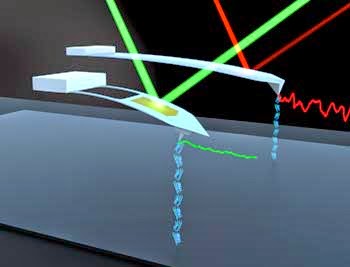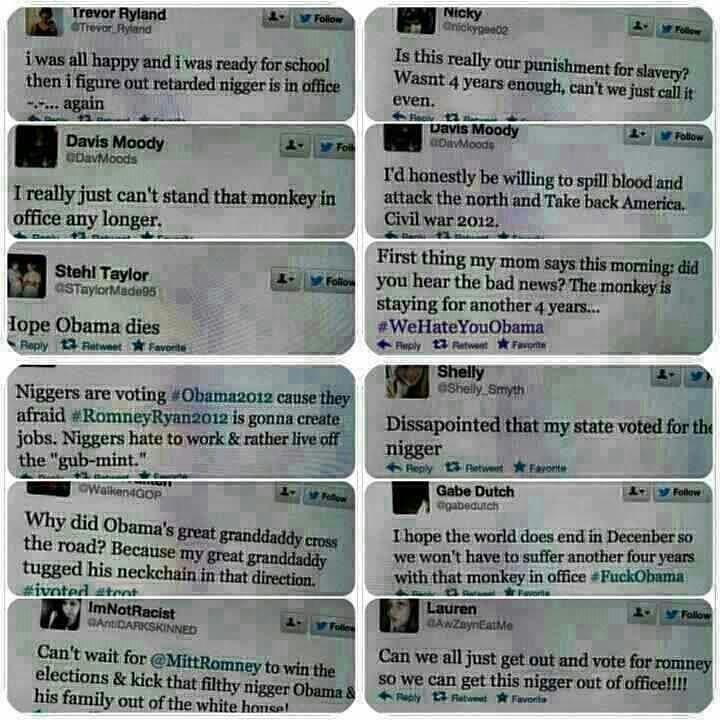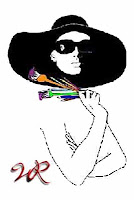I don’t have much time. Voices echo in the hall. I glance around the room, my gaze settling on the cabinet. My hand trembles as I open it. Yandi’s rubbing alcohol is the first thing I see, perched next to a bottle of cleaning solution and dirty rags. I reach for the alcohol and unscrew the cap, careful not to breathe in the pungent vapors as I pour some on the tube sock.
I raise my dress and tie the damp sock around my thigh like a tourniquet, rolling it down to the middle of my leg, making sure it’s far enough away so it doesn’t burn my bare genitals. Alcohol drips on the concrete like caustic tears as I douse the cleaning rags. Once they’re soaked, I stuff them in the pockets of the waist apron. The laundry room smells astringent. Medicinal. Like a doctor’s office. I wrap the apron around my waist so the three pockets are at my back and the belt ties in front, the opposite way the women in the oil bath wear it. I fluff my house dress around my waist, trying to conceal the belt.
A key jangles in the lock. Yandi is chatting with someone. Her laughter is loud, even through the thick door. I pick up the bottle of alcohol. Only a quarter of the fluid remains. I place the open container in the apron pocket closest to my left hip. As the door swings open, I stand a few feet away, hands by my side, trying to calm my mind.
Click here to read the rest of Part III!
Click here to catch up on Part I!
Click here to catch up on Part II!
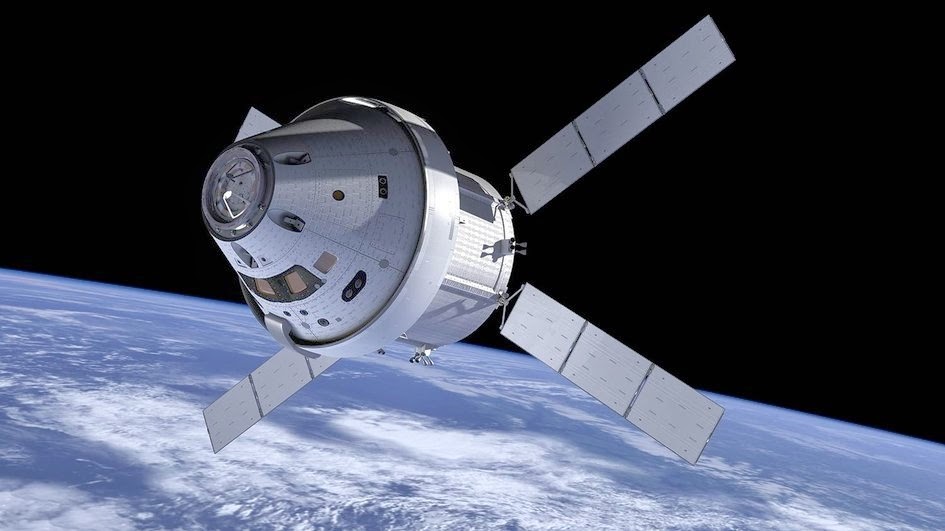

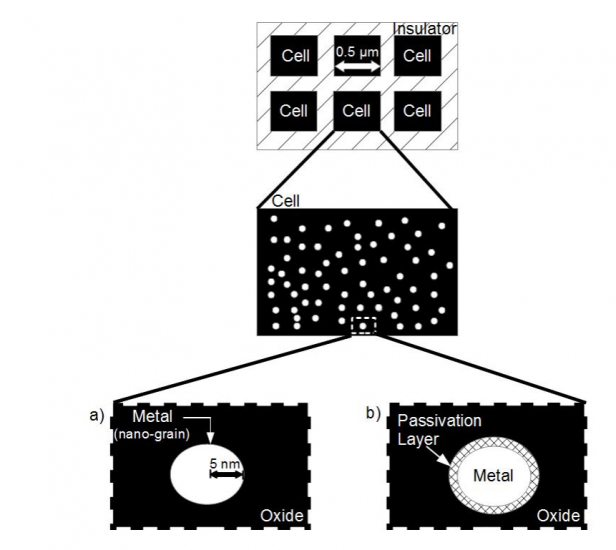






.jpg)


